(See my review of the 100-proof version of Springbank 10 year here).
Nose: Oily, non-smoky peat, hints of tar and woodchar, spicy and mossy. Salt breeze, almost savory, like the air outside a Teriyaki joint. A dash of water brings out a lot of barleywine and fresh fruit scents, dulling some of the peat.
Flavor starts with smoked meats, vanilla, big wet earthy peat but no campfire. Saltiness continues with mid-palate cerealy sweetness… Complex and spicy, a bit vegetal. Water brings out a sweetness like refined white sugar, but covers up some of the eccentric meaty flavors. Definitely savory.
Finish is long and complicated, more spices, salted fish, boggy peat. Evolves as it fades.
Summary: This is eccentric and nuanced, challenging and satisfying. Great stuff – I can’t wait to come back and discover more!
Update 8/6/2018: I published an updated review of this whisky here.
Note: Noticed some black particles swirling around the glass (which I purchased at a bar). At the time I guessed barrel char that had escaped through the barrier filtering process. When I asked on twitter, I got the following response from @Springbank1828:
“More than likely is barrel char. Sometimes these wee bits manage to escape through the filter so it isn’t unheard of.”
Thanks mates!


About The Distillery
Springbank is a composite of rarities. It is one of the very few distilleries that performs the entire distillation process from malting on-site (its own floor maltings) to bottling in its private bottling plant. In fact, it is the only fully self-sufficient distillery in Scotland. Located in Campbeltown on the lyrical Mull of Kintyre, it is also one of the few surviving distilleries (of three, with Glen Scotia and Glengyle) from a once-great region of Scotch distillation. In 1887 there were 21 distilleries in Campbeltown, and it was sometimes called “The Whisky City.” Hard times and a self-perpetrated degradation in quality (and thence, reputation) during the American period of Prohibition scoured the region, putting most distillers out of business.Springbank claims that hand-turned floor maltings (as opposed to pneumatic or machine-aerated commercial maltings), while labor-intensive, yield a malt that is better because it germinates more slowly. The distillery uses traditional worm tubs, a cast-iron mash tun, and employs mechanical ‘rummagers’ (to prevent a buildup of burnt deposits) in the copper stills, which are heated with a combination of steam and direct oil fire. Springbank uses three stills to create a 2.8-time (not triple) distillation. Now hold on, because this math is tricky: The first “wash” distillation produces so-called “low wines”, which are around 20% alcohol. A second distillation produces an intermediate distillate, which is in the neighborhood of 35% alcohol. A third still is charged with a solution of 80% of this double-distillate and 20% of the “low wines,” and a third distillation is performed. Thus, in the final spirit, around 80% of the volume has been triple-distilled, while around 20% of the volume has been double-distilled. Hence, 2.8x distillation. Phew! For a fantastic and in-depth guided tour of Springbank distillery, be sure to check out Ralfy’s visit (scroll down).
Springbank also makes Longrow (a peated malt) and (new in 2006) Hazelburn (unpeated, truly triple-distilled). These, along with the distillery’s flagship Springbank bottlings, are all non-chill-filtered, have no caramel coloring, and are reduced to bottling strength on-site with the same water used to produce the whisky. The water, like all Campbeltown whiskies, comes from the Crosshill Loch in the hills above the town, and is supplemented by a private well from a borehole drilled deep into the rock beneath the town. Note that the Springbank “CV” bottling, which is at a similar price-point, is purportedly a vatting of 6, 8, and 12 year-old malts (unverified), from different barrel finishes.
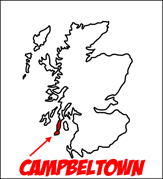


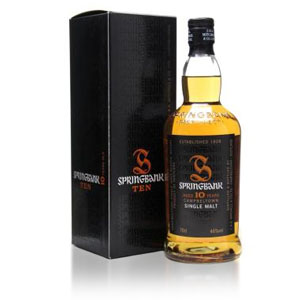
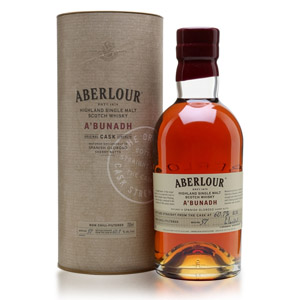

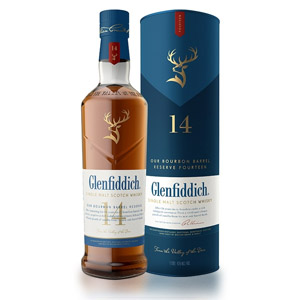
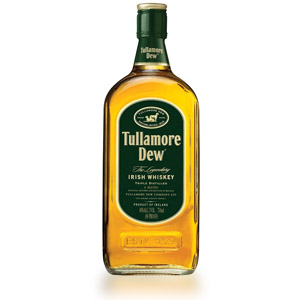
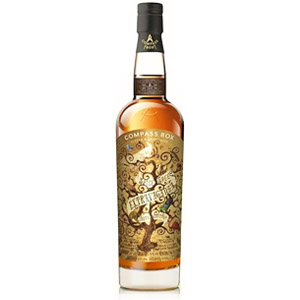
My last Springbank 10 was about a decade ago, and it was a bit plain and thin (prior to that I had a 5-year old that was delicious!). But I ventured to pick up another today and it is very much as glorious as you describe – – takes me back to my first dram in Oban in 1982, but even more lush, assertive, and evocative. These are flavors to dream about – – whole rafts of deft, lively aromatics – – on a plush cushy frame.
I dont know what it is about springbank or longrow but theres a hidden surprise around every corner. Its not always in place but its a surprise nonetheless and better for it. SN has to get more springbanks in the archives here.
Bryan,
I agree… unfortunately for my wallet, Springbank malts are quite expensive! I’ll try to get some Springbanks in my next order of 30ml bottles from Master of Malt.
Nathan, I bought a longrow 11yr quarter cask and a springbank 12 yr cask strength wood expressions and it chewed up my scotch budget for the next 3 months. Needless to say i am drinking them very slowly. They are heavy hitters on the pallette as well as the wallet!
[…] heißt es etwa bei Scotchnoob.com zum […]
Hi Mark,
Where can you buy 30ml bottles in the US?
Love your site 🙂
Nick
Heya,
The US doesn’t allow the sale of 30ml bottles, only 50ml ones. I’ve never found a good source of 50ml bottles, beyond the basic ones at the liquor store. I order my 30ml samples from Master of Malt and pay overseas shipping. I only do it about once a year, and I stock up with two dozen bottles.
Cheers!
(It’s Nathan, by the way, not Mark :))